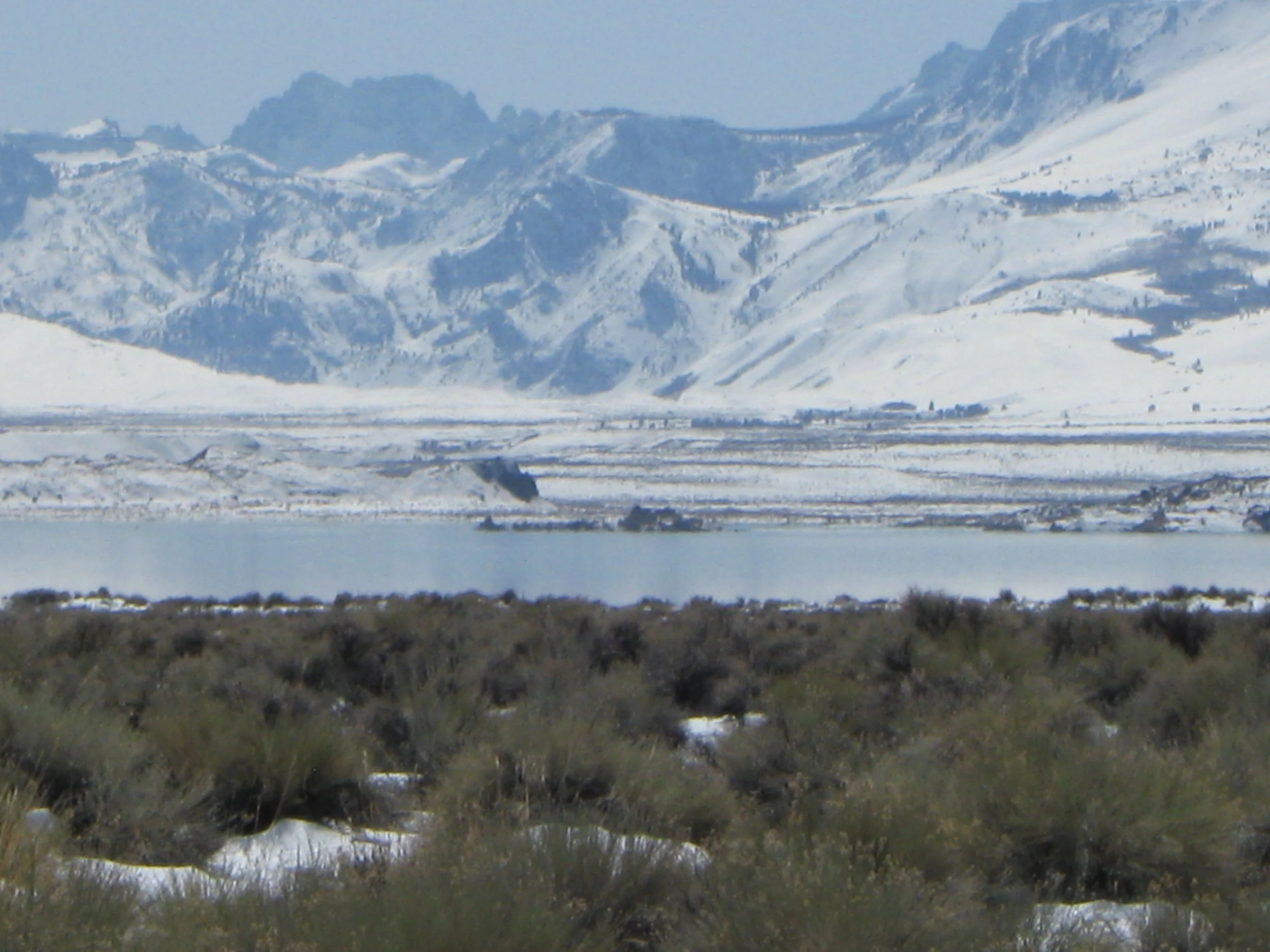Saint Patrick's Day
/Patrick was born into a wealthy Catholic church-oriented family in 4th Century Roman Briton. His grandfather was a priest and his father was a deacon. He was captured by Irish raiders and taken to Ireland, where he was a slave until escaping back to England several years later. But his destiny lay in Ireland. After training in the priesthood, he returned to Ireland to become one of the primary forces that moved the Irish from their Celtic beliefs to Christianity.
The exterior of St Patrick's Cathedral as viewed from the northeast across St Patrick's Park in Dublin, Ireland. The cathedral was founded in 1191 as a Roman Catholic cathedral. Today the church is designated the National Cathedral and is part of the Church of Ireland. The church was dedicated to God, our Blessed Lady Mary and St. Patrick on March 17, 1191. Over the centuries it fluctuated from a Cathedral to parish church and finally to the National Cathedral. A major renovation estimated at about £150,000, 1860-65, was funded by Benjamin Guinness one of the family line of Guinness Beer owners. Photo 2015, by David Iliff, Wikipedia, License: CC BY-SA 3.0
Traveling across Ireland, it is nearly impossible to not cross Patrick’s path at some point.
During our travels in Ireland we met him in St. Patrick’s Cathedral in Dublin. This massive cathedral has a shifting history as it moved from Catholic church to a parish church during the English reign of Ireland. It is now a National Cathedral. Inside, the walls are dedicated to community service, and the remembrance of their Deans (Leaders). The best known leader is Johnathan Swift, author of Gulliver’s Travels.
Traveling a little to the southwest of Dublin, you enter the county of Tipperary and the home where the first of the Irish Kings had their home castle at the Rock of Cashel. The Rock of Cashel came into existence when St. Patrick banished Satan from a cave 20 miles away. An eruption occured throwing the landscape into the air to become the foundation of the present day Rock of Cashel. It is also the place where St. Patrick is said to have converted the King of Munster and the start of Christian leadership in Ireland.
To the northwest of the Rock of Cashel is Croagh Patrick. The mountain was once a religious destination for the Celts but is now known as St. Patrick’s Mountain. This is the site where St. Patrick is said to have banished the snakes from Ireland.
What we now know is that Patrick brought Christianity to Ireland. By the mid Dark Ages, Ireland had developed a thriving industry of abbeys and monasteries. This led to a highly educated group of monks and nuns. When the European mainland fell into the Dark Ages, it was the monks from Ireland who immigrated to the mainland churches and monasteries. These were the people who kept alive the ability to teach, read, and scribe. In the process they saved civilization.
The Rock of Cashel is located about 100 miles to the southwest of Dublin in County Tipperary. The site is a combination of round tower castle, Romanesque chapel, Gothic cathedral, Abbey, Hall of Vicars and a 15th Century Tower house. It was the seat of the Kings of Munster who ruled Ireland as the island was organized into a single country. St. Patrick traveled to Cashel to convert King Aenghus to Christianity in the 5th Century. Photo from: https://heritageireland.ie/places-to-visit/rock-of-cashel/


